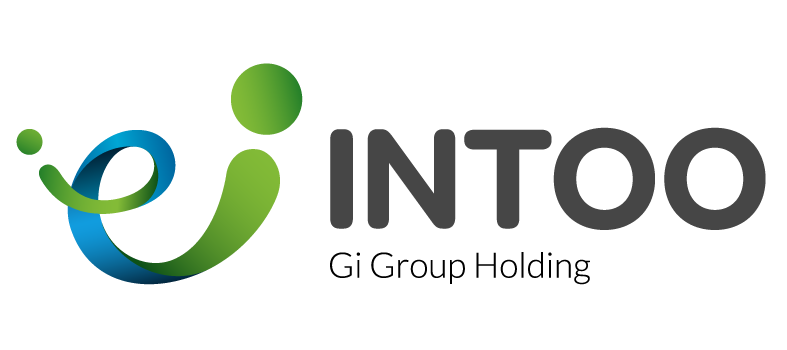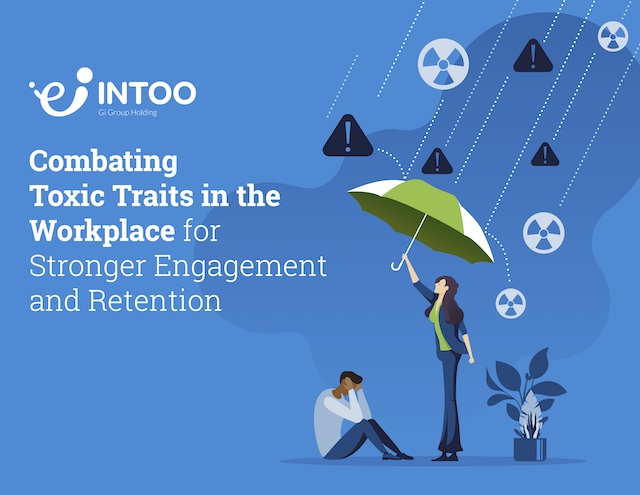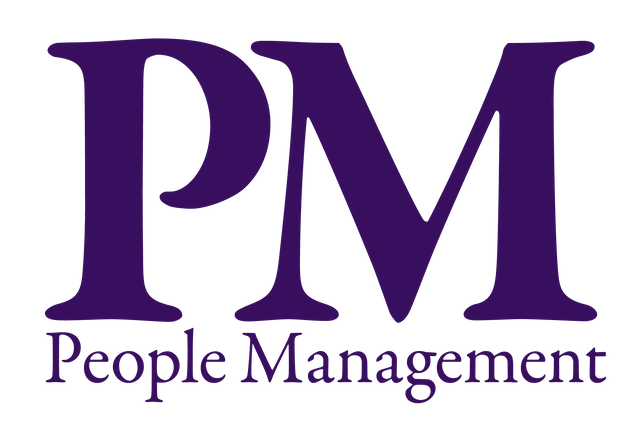Giving bad news is never easy. However, for business leaders and HR professionals, effectively delivering tough news to your workforce is a part of the job. And there is perhaps no harder news to give than that of layoffs.
We’ve seen a lot of headline layoffs this past year as a result of the pandemic and the forecast for this year is mixed, with about 32% of the U.S. CFOs anticipating further decrease in headcount.
With industries such as travel having a weak outlook through summer, many companies continue their belt-tightening measures, which may result in more announcements of involuntary terminations in the near future. If you too are preparing to give this type of notice to one or many employees, below are the three most common mistakes to avoid when conveying the news.
What NOT to Do When Communicating Layoffs
Ramble on and on…and on…
“Avoid alienating the reader in the opening paragraph, but get to the bad news quickly.”
– Ken O’Quinn, Corporate Writing Coach
This is not the time to pad your difficult news with filler content in hopes of softening the blow. For example, refrain from leading the talk with the company’s latest ambitious business strategy or plans for a new product line. Prefacing tough news with seemingly “good” news could muddle the message and make it appear as if the news of workforce cuts are a footnote to other company news. Moreover, punctuating “good” news with the news of layoffs ends the entire message on a down note.
Instead, get to the point quickly and address the issue head on. If there is “good” or relevant news directly connected to the layoffs that will impact workers immediately–for example, increased severance packages or the offer of outplacement services–then be sure to mention these benefits and any necessary next steps. Bottom line: Your employees are adults. Best to be direct and not sugarcoat.
Use lots of flowery words
“Flowery or long answers don’t help. Use short answers and stick to the facts. People are generally smarter than executives give them credit for. So, if business conditions are bad, say that.”
— Bill Rosenthal, CEO of a Corporate Communications Firm
In 2014, Microsoft announced the largest layoff in its history at that time–which impacted 14% of its global workforce, then equal to about 18,000 employees–the media scrutinized the written memo through which Microsoft CEO Satya Nadella announced details of the labor cuts.
One critique of the memo was its use of vocabulary like “work simplification,” “integration synergies,” and “strategic alignment” to pave a roundabout way to announce the layoffs. Again, being honest and direct are key.
Contradict yourself
“Uniformity of messages is imperative… Layoffs are situations where people are more likely to have an opinion, and they’ll express it.”
— Gene Grabowski, Corporate Communications Strategist
These difficult moments are character-building for businesses. They reveal defining characteristics, or lack thereof, in a company’s leadership–one of which is poise under pressure. Without a process in place, these crucial moments can backfire, triggering unintended meaning that can twist under the pressure of public opinion.
Negativity can spread quickly, and perhaps most susceptible to this negativity are the employees who remain with the company and experience varying emotions, from resentment to guilt of surviving the layoff. Mistakes made in communicating layoffs, if left unaddressed, can snowball into low employee morale and significantly challenge employee retention.
Keys to Communicating a Reduction in Force
The majority of experts agree that preparing a clear and consistent message, practicing the delivery of that message aloud, and providing a channel for feedback post-announcement are best practices worth adopting. Whether done in writing, or in person, communicating bad news truly requires soft skills where maintaining empathy, patience, and calm are vital to success.
Solutions & Additional Resources
Learn more about the advantages of offering a universal outplacement benefit to your employees, and its lasting impact on employer brand.
Don’t miss a step. Download our Reduction-In-Force Checklist to evaluate and build upon your current offboarding process.
Communicating Layoffs to Remaining Employees in 5 Steps
It’s also important to know how to communicate the news to your remaining workforce. Read our tips to more easily deliver this challenging message.INTOO’s outplacement program helps employees transition to new jobs through one-on-one, on-demand coaching from premier career counselors, resume reviews, and other career services. Learn more about how our outplacement program can benefit your company when you’re transitioning employees.











